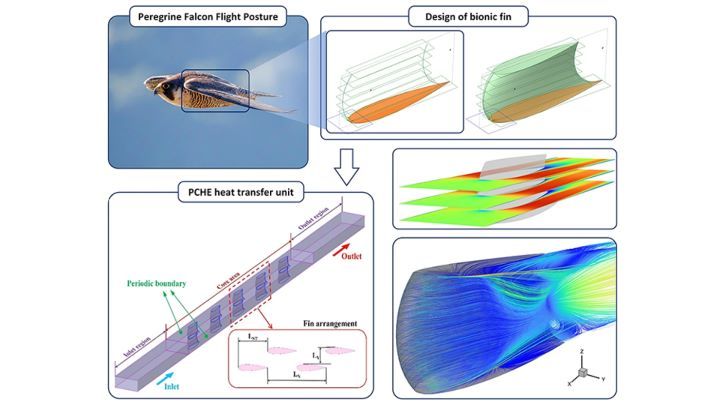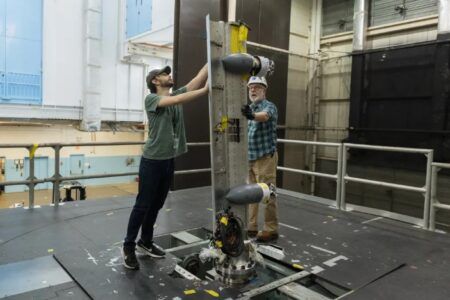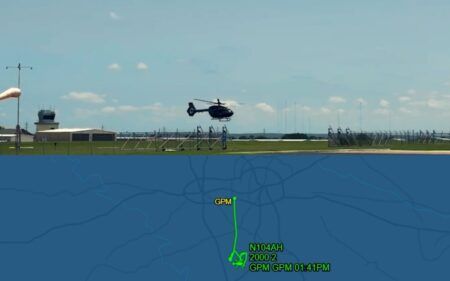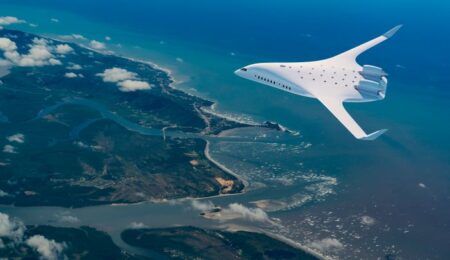Researchers from China have designed a heat exchanger for hydrogen aircraft engines based on the shape of a peregrine falcon’s wing.
The researchers, from the Nanjing University of Aeronautics and Astronautics used numerical modeling to design the fin using the same streamlined falcon wing shape.
The research was published last week in the journal Physics of Fluids (2025).
In simulations, the researchers determined that the wing generates localized strong vortices that reduce flow resistance while maintaining a strong heat transfer performance. They found their design reduced pressure drop per unit length by up to 18.2% and decreased the friction factor by up to 10.7% in unsteady and turbulent unsteady flows.
“The peregrine falcon features the fastest known flight and dive speeds of any bird in nature, and the unique aerodynamic structure of the wing allows for low resistance during flight,” said author of the study Wenlei Lian.
Following this success, the researchers will continue developing and testing their designs in increasingly integrated systems.
“In the next step, we plan to build a supercritical hydrogen-based microchannel heat exchanger flow and heat transfer experimental system,” said Lian. “Based on this, we will proceed with the design and manufacture of entire high-performance heat exchangers.”
The study “Flow and heat transfer performance of hydrogen in printed circuit heat exchanger based on Peregrine Falcon bionic fins,” by Chenming Zheng, Zhiwei Wu, Yuanbo Liu, Yimin Li, and Wenlei Lian can be accessed at https://doi.org/10.1063/5.02879





